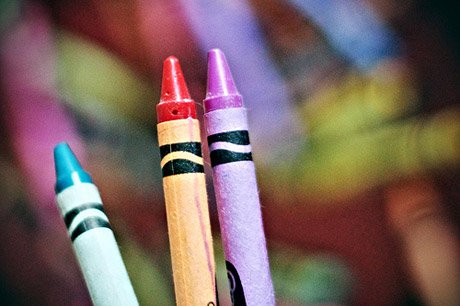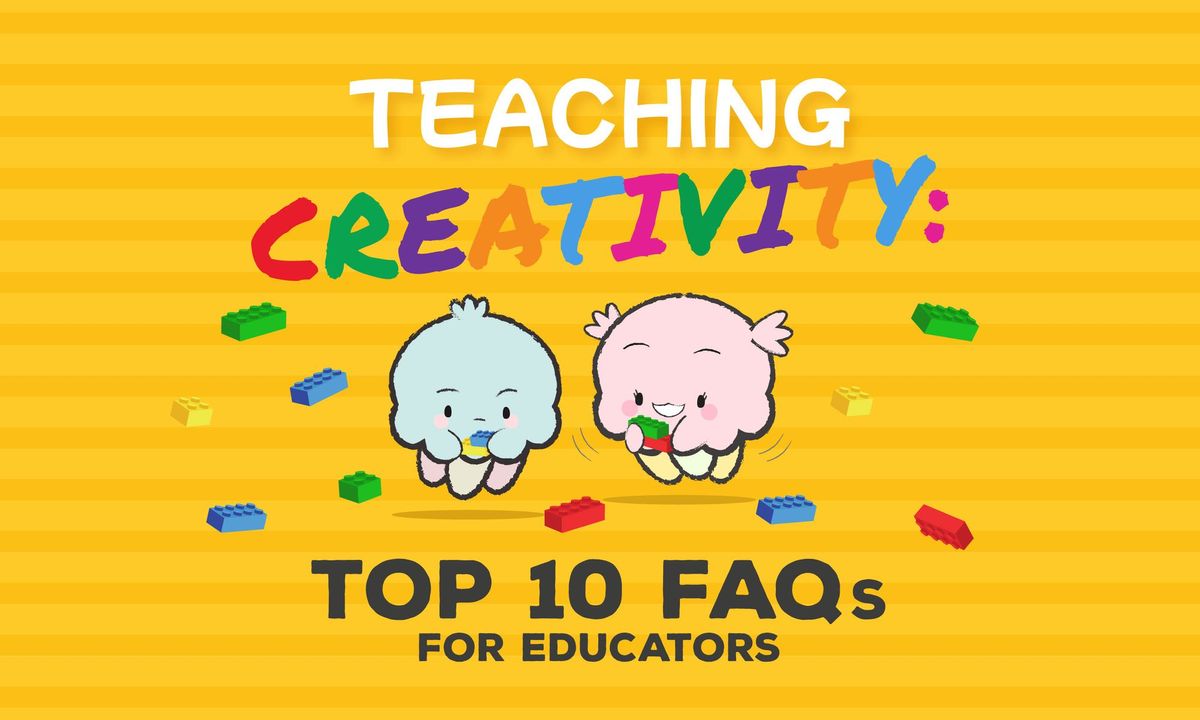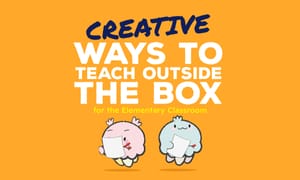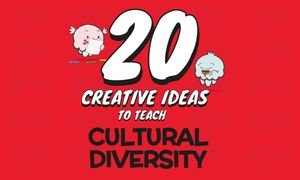As an educator, you know how important it is to foster creativity in your students. Whether you're looking for ways to incorporate creativity into your lesson plans or simply want to encourage more creativity in your classroom, you likely have many questions.
This article will address the top frequently asked questions (FAQs) that educators have about teaching and cultivating creativity. From strategies for fostering creativity to tips for balancing creativity with other essential skills and subject matter, we've got you covered.
So read on to learn more about teaching creativity and helping your students reach their full creative potential.
1) Can creativity be taught?
There is some debate among experts and academics about whether or not creativity can be "taught" in the traditional sense of the word. Some argue that genetic factors can largely influence a person's creativity and that some people do have the natural propensity to be creative. Others believe creativity can be developed and fostered through various experiences and environments.
The good news is the consensus is somewhere in the middle. Most, if not all, experts believe creativity exists as "an ability which ranges in the population". Although some people are more naturally inclined to be creative than others, creativity is not a fixed trait. Instead, it can be developed and enhanced in a supportive environment.
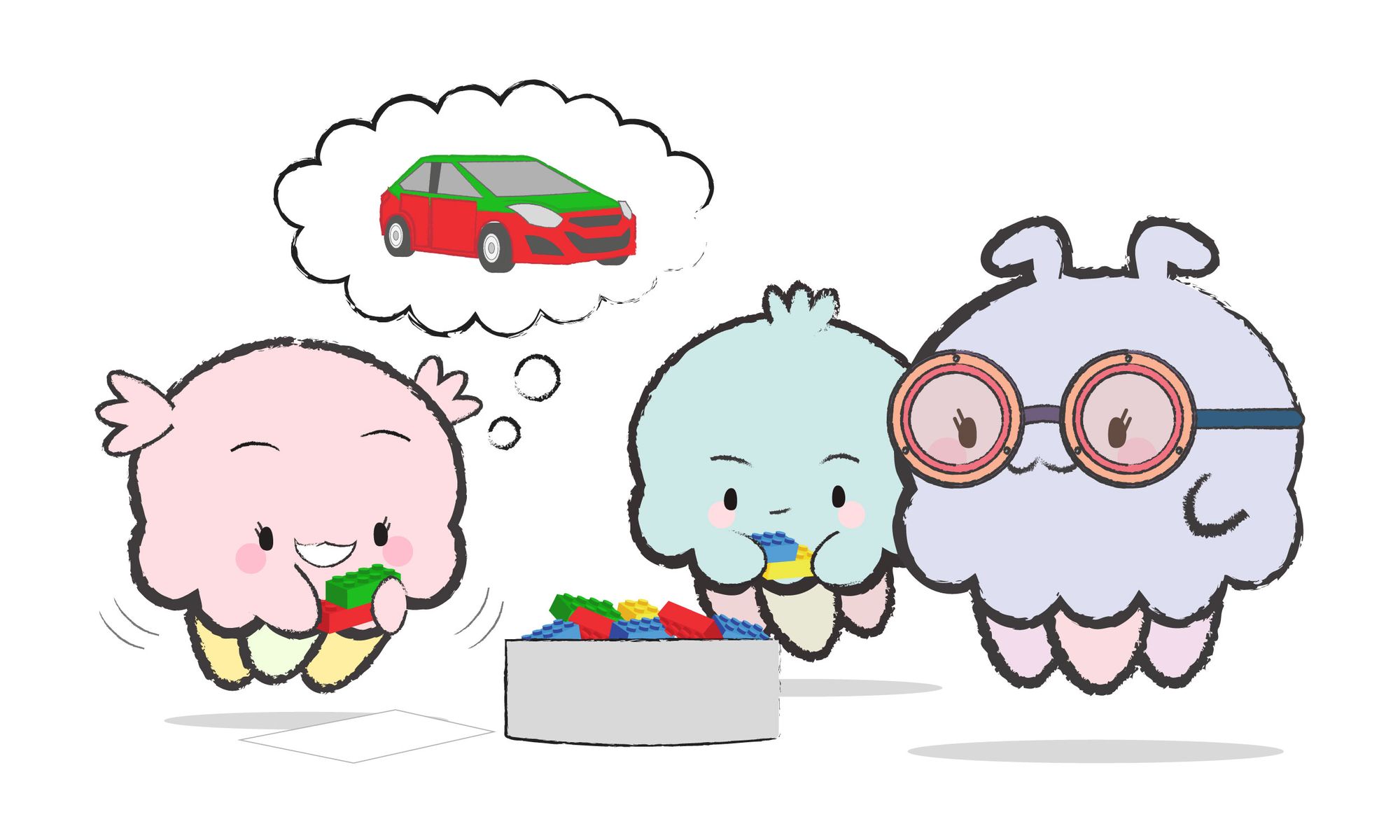
In other words, while it may not be possible to completely "teach" creativity, there are certainly things that educators can do to foster creativity in their students. For example, providing opportunities for exploration and experimentation, encouraging students to ask questions and come up with their own ideas, and creating a safe and supportive environment can all support the development of creativity.
2) Is it hard to teach creativity?
Yes, most definitely. Teaching creativity can be challenging for a number of reasons:
- Creativity is a complex quality: Creativity involves many different skills and abilities. This includes the ability to think outside the box, come up with new ideas, and solve problems in innovative ways. As a result, it can be challenging to teach all of these skills in a comprehensive and cohesive way.
- Creativity is subjective: What is considered creative can vary from person to person. This makes it difficult to define and therefore teach.
- Creativity requires a supportive environment: In order for creativity to thrive, kids need to feel safe to take risks and make mistakes. This can be challenging to create in a traditional classroom setting.
- Teaching creativity can be unpredictable: Since creativity involves coming up with new and original ideas, it can be difficult to predict what kids will come up with. This can make it hard for teachers to plan and structure their lessons.
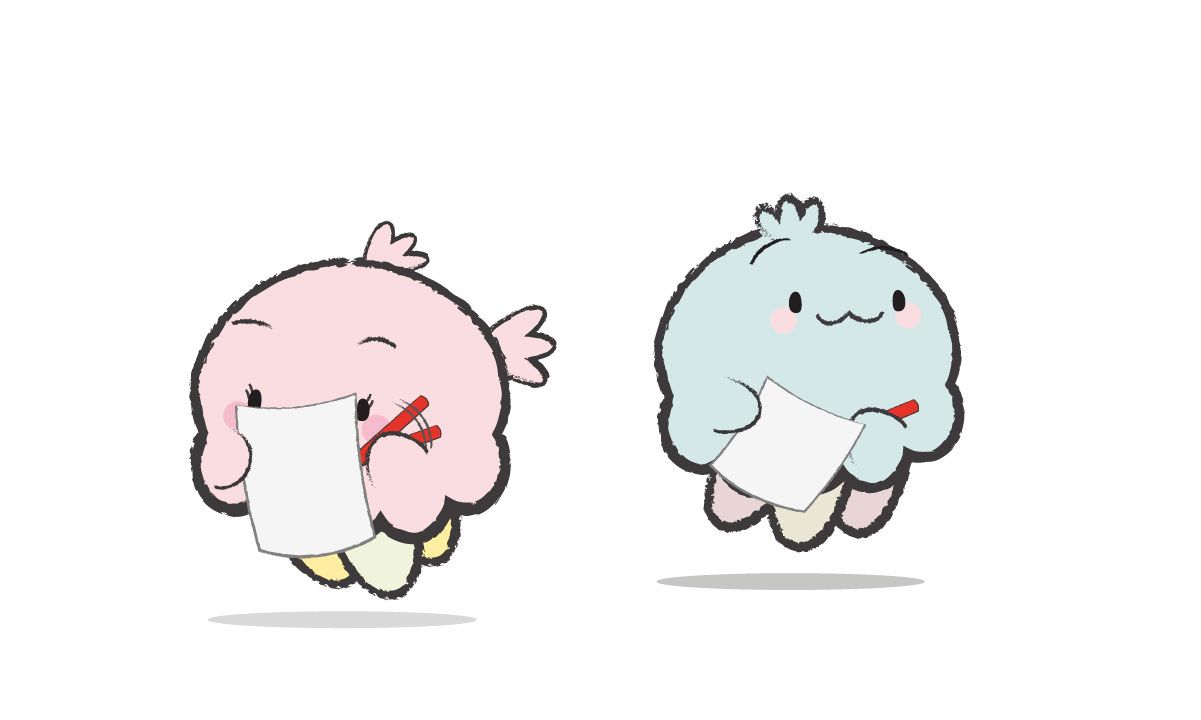
Overall, while teaching creativity can be challenging and some might argue impossible, educators certainly help to foster creativity in their students with the right approaches and strategies.
3) How can I foster creativity in my students?
With so much emphasis on traditional subjects and skills, it can be tough for many educators to nurture creativity in the classroom. Here are some basic strategies that you can use to gradually foster creativity in your classroom.

- Encourage exploration and experimentation: Encourage your students to come up with their own ideas and solutions or try out different materials, configurations and techniques.
- Encourage students to ask questions: Encourage students to ask "what if?". Ask their opinion on how and why certain scenarios can work out differently.
- Give students time and space to create: Set aside dedicated time for creative activities, and provide a space where students can work undisturbed. Show them creativity matters.
- Provide a variety of materials: A wide range of raw materials and tools can help spark creativity in students. Some examples might include paint, crayons, recyclables, and even creative prompts like design themes and new vocabulary.
- Be present: Take the time to ask them about their creative projects. Listen, observe and show an interest in their process and ideas.
- Avoid correcting or criticizing: Making mistakes and creating the unconventional is part of the process. Allow your students to follow their own creative paths rather than correcting or criticizing their work.
- Make it fun: This is very important. Try to make the creative process fun for your students. This will help them stay engaged and motivated to keep creating.
4) What is the best way to incorporate creativity in my lesson plan?
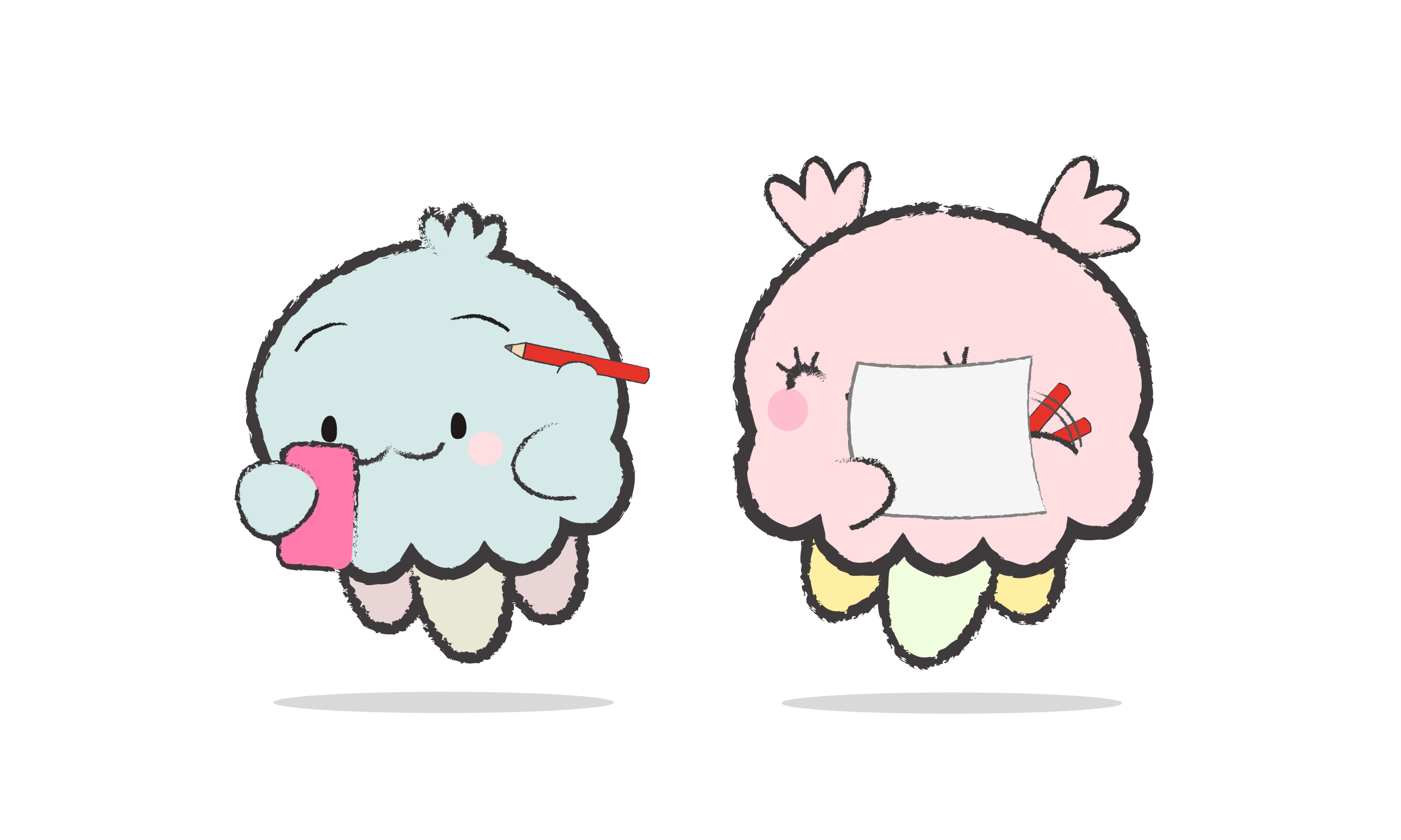
Balancing creativity with teaching traditional subjects can be a challenge, but it's important to find a way to incorporate both into your lesson plans. Here are a few strategies educators can use to incorporate creativity into their lesson plans:
- Include open-ended activities: These types of projects and activities allow students to creatively approach a traditional subject matter task or problem in their own way.
- Incorporate hands-on learning: Let your students immerse and experience "learning by doing". Hands-on activities can help students engage with the material in a more meaningful way and encourage them to think creatively.
- Encourage collaboration: Often, working in small groups or pairs can help students bounce ideas off of one another and come up with creative solutions to problems. Be sure to monitor group dynamics for full participation.
- Use creative prompts or questions: Providing students with open-ended prompts to help them come up with their own ideas or solutions to a problem can help spark creativity.
- Encourage the use of different materials and tools: Providing a variety of materials and tools for students to use can encourage experimentation.
Overall, the key is to find ways to incorporate creativity into your lesson plans that work for your students and fit with your teaching style and goals.
5) How do I deal with students who are hesitant to be creative or who struggle with creative tasks?
A few students will be hesitant to be creative or need help with creative tasks. Here are some simple but essential strategies you can use to help support these students.
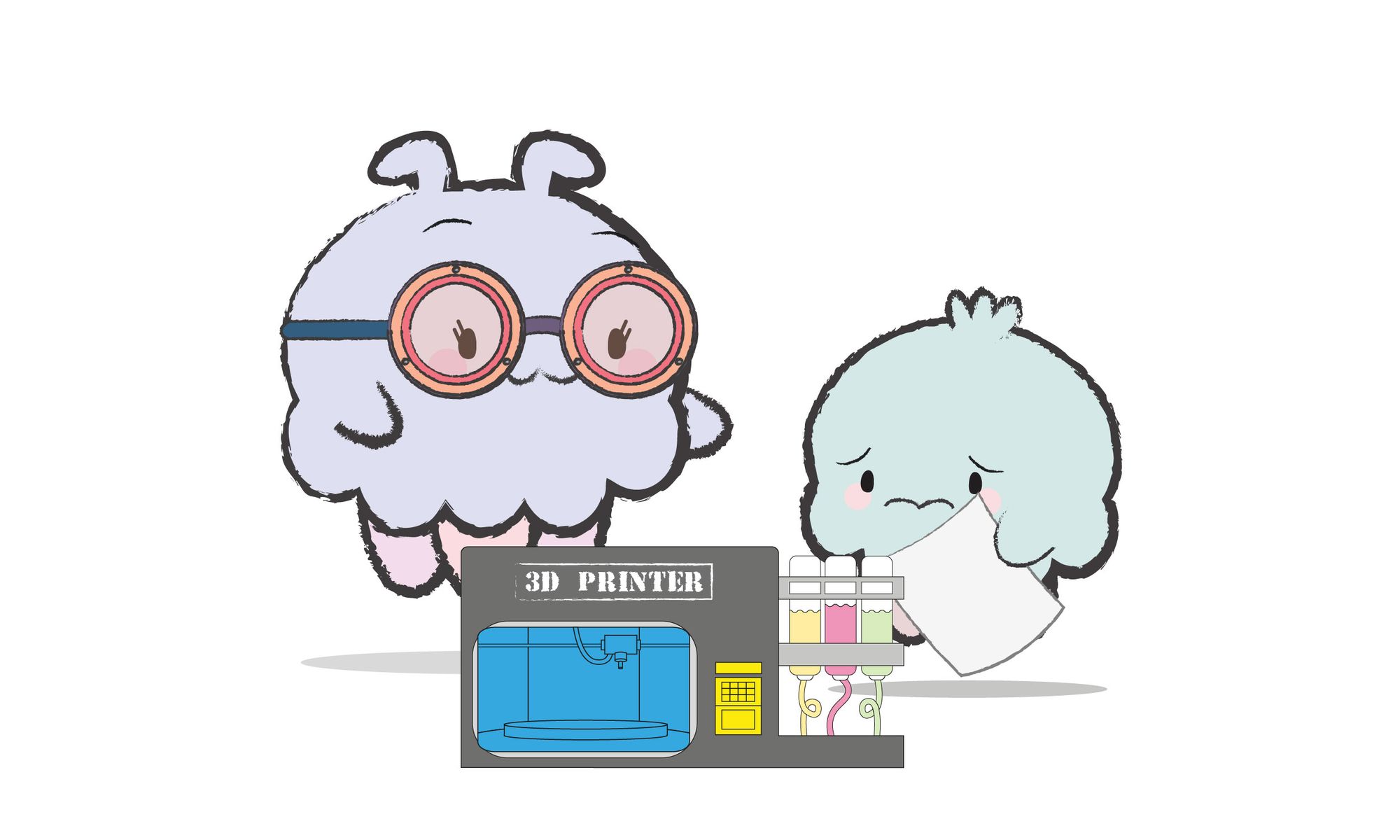
- Always provide a safe and supportive environment: This is critical. Students need to feel comfortable taking risks and making mistakes to be creative.
- Emphasize the importance of the process over the outcome: Recognizing and celebrating students' efforts and progress is necessary, rather than just the end result. Students will feel more motivated to take risks and try new things.
- Offer support and guidance: If students are struggling with a creative task, offer support and guidance (creative prompts etc.) rather than doing the work for them. It will help them develop the skills and confidence they need to be more creative.
- Encourage students to try new things: Ask students to try new materials, techniques, and approaches, even if they need more confidence in their abilities. Over time they will build their skills and confidence.
Using these strategies, you can help support students who are hesitant to be creative or need help with creative tasks.
6) How can I adapt creative activities for students with different ability levels?
There are a few strategies you can use to adapt creative activities for students with different ability levels:
- Differentiate support: Use scaffolding to break a task into smaller, more manageable steps using more specific (still open-ended) prompts and questions. This support can be constructive for students who struggle with creative tasks, as it can help them build skills and confidence over time.
- Provide a broader range of materials: Offer a good range of materials and tools students can use to explore and create. This will allow students to choose appropriate and familiar materials based on their abilities and interests.
- Offer choice: Giving students choice in determining a core part of their creative activities can help them feel more invested in the process and more motivated to engage. This means keeping the activity sufficiently open-ended so that the process and outcome reflect each student's creative individuality while not being limiting for students of different capabilities.
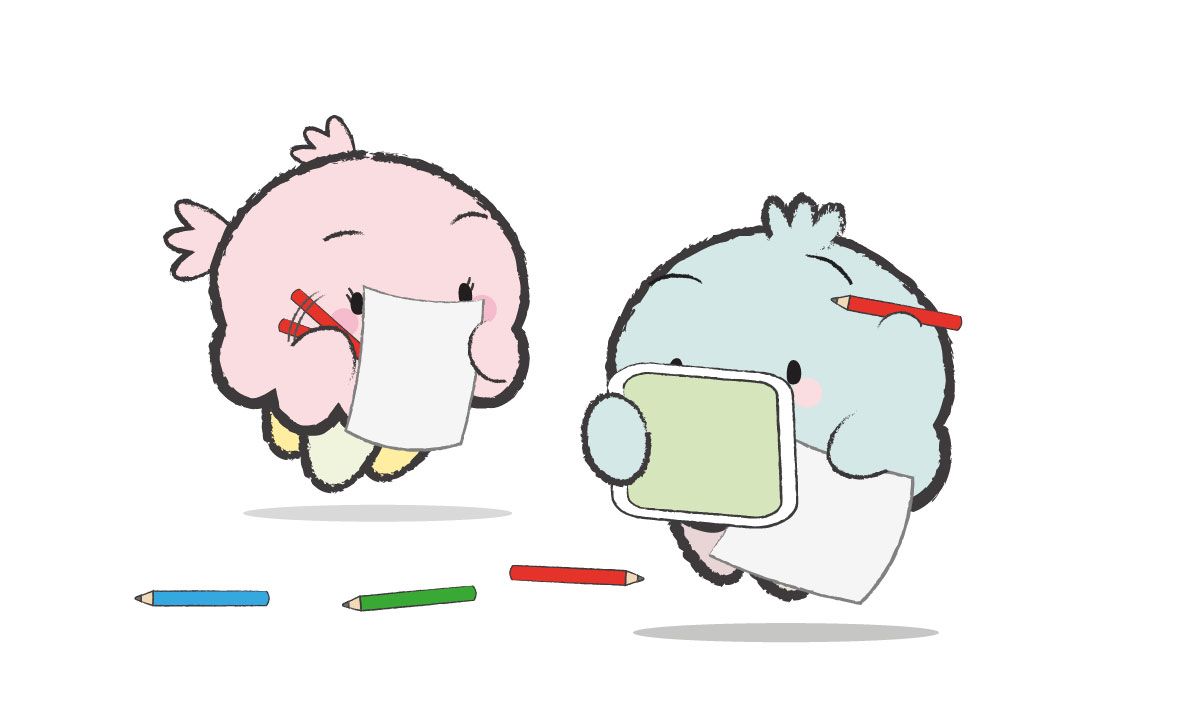
By using these strategies, you can adapt creative activities to meet the needs of students with different ability levels.
7) How can I support my students' creative process and provide constructive feedback?
Here are some strategies for supporting your students' creative process and providing constructive feedback that helps them grow and improve.
- Encourage students to reflect on their own creative process: Discuss with your students how they approached the creative activity from various viewpoints, such as inspiration, challenges, favourite parts and also how it compares to previous experiences. This reflection exercise can help them understand what worked well and what they could improve upon in the future.
- Provide feedback that focuses on the process: Rather than focusing on the end result, provide feedback that focuses on the creative process. Encourage your students to document their progress and provide feedback on areas where they seem lost or disengaged.
- Use open-ended questions to encourage students to think critically: Open-ended questions typically start with words like "what," "why," "how," or "tell me about," and they do not have a single, specific answer. Instead, they encourage students to think about a topic beyond the surface-level and consider a broader range of possible responses.
- Avoid correcting or criticizing: Criticisms can stifle creativity and discourage students from taking risks and trying new things. When students feel that their creative work is being negatively judged, they may be less likely to take creative risks and may instead opt for safer, more predictable approaches. However, this does not mean an educator should accept or condone any work that conflicts with the school's moral standards or rules.

Using these strategies, you can support students' creative process and provide constructive feedback that helps them improve.
8) How much time should a teacher spend on fostering creativity?
There's no hard and fast rule for how much time a teacher should spend fostering creativity. Instead, the amount of time will depend on various factors, such as the students' age and ability level, the lesson's goals and the available resources.
New research has shown that childhood creativity can predict future economic success and also helps to boost education attainment. Given this, it's a good idea to incorporate opportunities for creativity into the classroom as regularly as practicality permits.
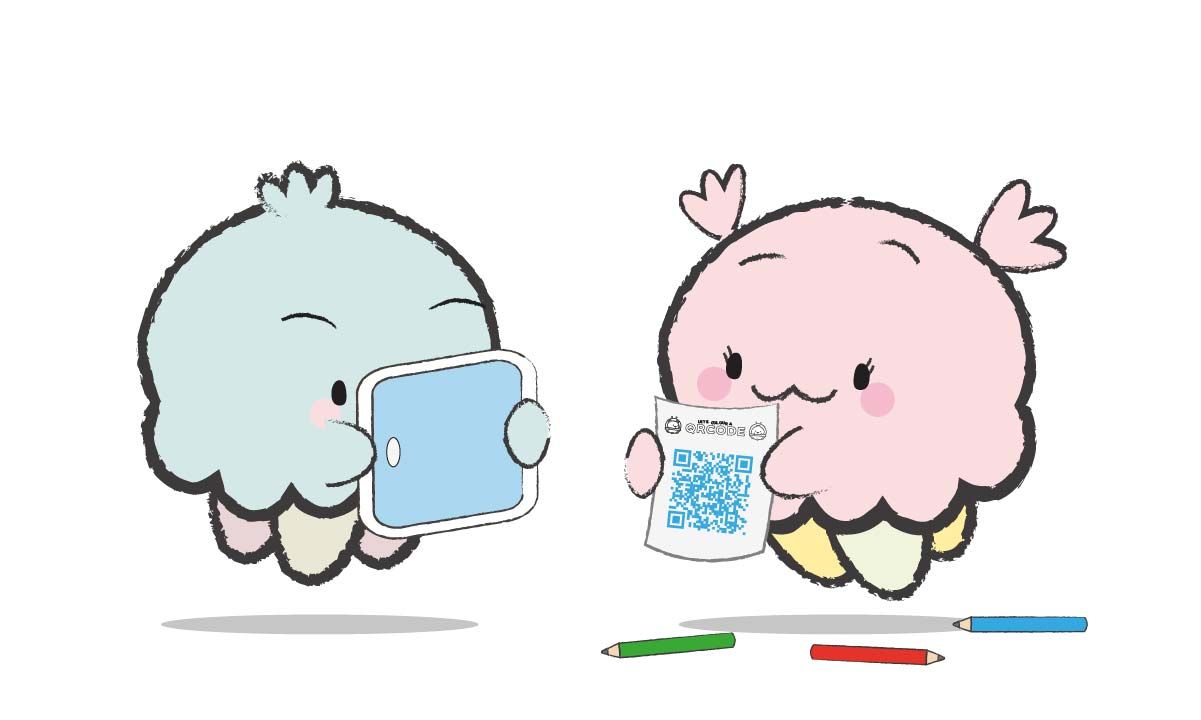
Ultimately, the goal should balance fostering creativity and teaching traditional subjects and other essential life skills. By finding the right balance, educators can help their students develop a more future-proofed range of skills and abilities.
9) How can I measure the effectiveness of creative activities?
Measuring the effectiveness of creativity and creative activities can be challenging, as creativity is a complex trait that involves many different skills and abilities. That being said, there are a few strategies you can use to assess the effectiveness of creative activities in your classroom.
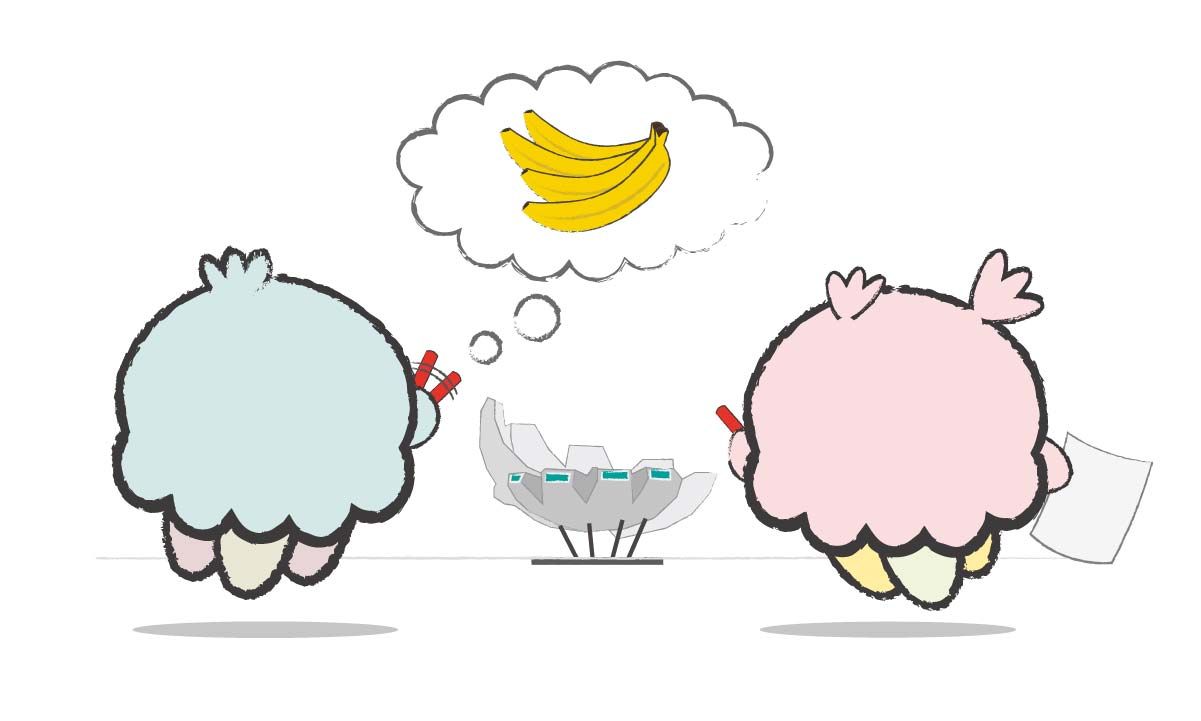
Firstly, you need to identify a few fundamental quality indicators of student creativity. According to Andrew Miller, Director Of Curriculum And Instruction at Singapore American School, these are great ones to start with:
- Synthesize ideas in original and surprising ways.
- Ask new questions to build upon an idea.
- Brainstorm multiple ideas and solutions to problems.
- Communicate ideas in new and innovative ways.
After identifying or listing down your quality indicators, you can assess your classroom activities through the following:
- Process observation: Observing students during creative activities can give insight into their creative process and engagement with the lesson and activity. Look for signs of engagement, such as enthusiasm, focus, and persistence, as well as evidence of creative thinking, such as "asking new questions to build upon an idea".
- Student work: Examining student work can also be an excellent way to assess the effectiveness of creative activities. Look for evidence of creative thinking, such as the development of original ideas or approaches. Also, note overall quality and effort.
- Student feedback: Ask students for their feedback on the creative activity. This can give you insight into how they felt about the activity and whether they found it meaningful, engaging and (fun).
Overall, while it may be difficult to quantify the effectiveness of creative activities, combining these strategies can give you a good sense of how well they work in your classroom.
10) How can I foster creativity in a large classroom with limited resources?
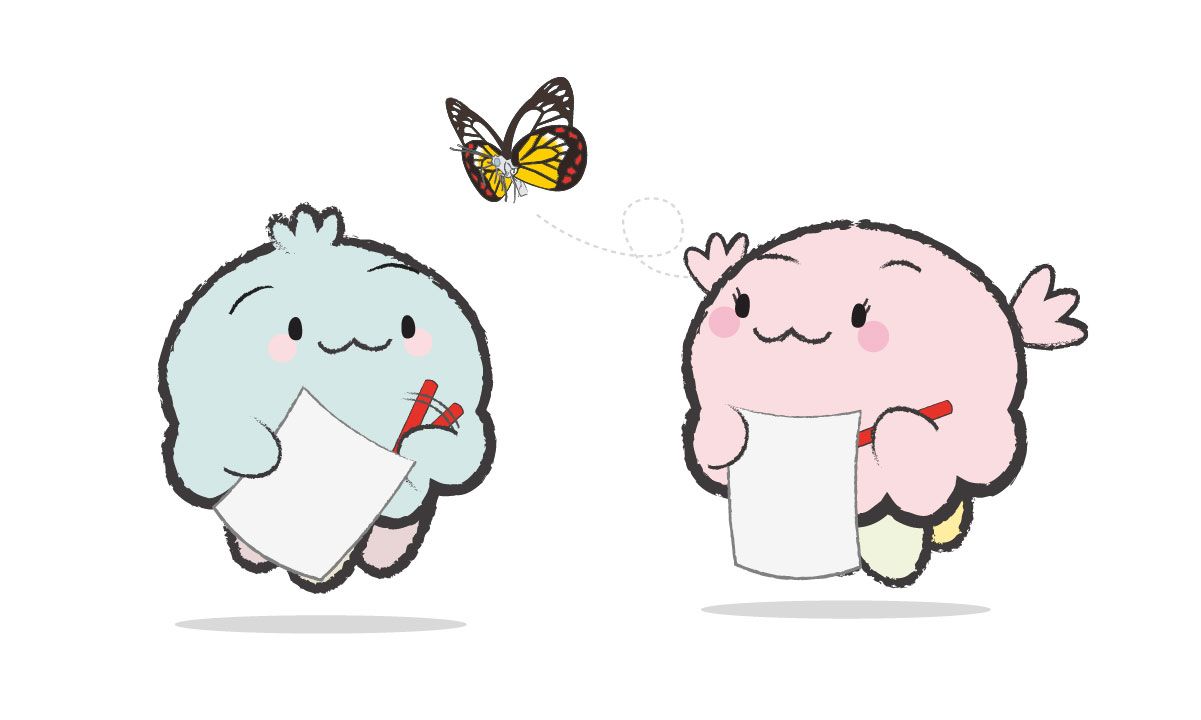
Practical activities that support creativity, curiosity, and exploration need not be expensive and technology-heavy. An example of a basic solution is our K-3 Creative Activity Printable Bundle. The biggest obstacles are usually cited as institutional (restrictive school culture), lack of training/guidance, overloaded curriculum and lack of time.
Many practical and affordable ways to foster creativity and incorporate creative practices in the classroom are available today. We discussed some above. However, if educators and schools genuinely recognise the importance of creativity in learning and teaching, they must acknowledge these institutional barriers and work to break them down.
Our K-3 Creative Activity Printable Bundle
Boost your lesson plans with our innovative collection of printable activities for the year. "Over 100 projects with more than 400 printable sheets" to spark imagination and foster creativity in your classroom for the whole year.

Creative Printable Activities for the Year (K-3) - 2023 Edition
This creative activity bundle is jam-packed with over 100 projects with more than 400 printable activity sheets for 6-9 year olds. With a focus on creativity and hands-on learning, this bundle is perfect for keeping little learners engaged, designing and creating for an entire year.
An excellent resource for teachers, subs, parents and caregivers looking for fun and creative activities to keep kids busy and learning. It's perfect for use in the classroom, at home or on the go. With so many activities to choose from, kids will never be bored!
- DIGITAL ONLY PRODUCT i.e. PDF format.
- Over 100 projects with more than 400 printable sheets.
- Printable sheets mainly black & white.
- Includes links to supporting online resources.
- File size: 166.5 MB / 518 pages.
Or join our Premium Subscription to access all the printable worksheets in the bundle and more for only $3/month.
Additional Resources
Here are some useful further reading material:



